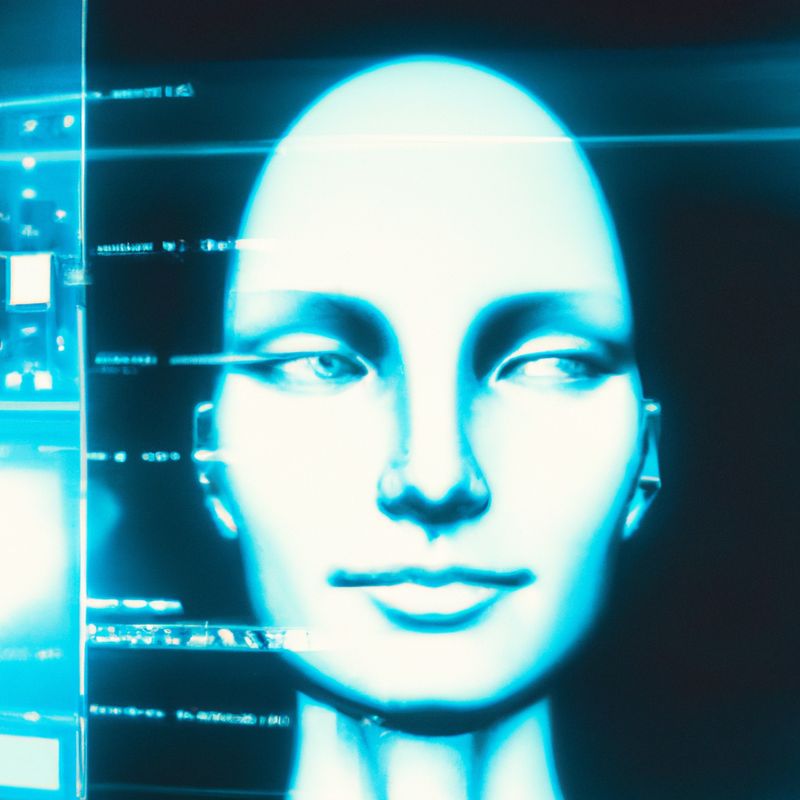Computer Vision Solutions: A Comprehensive Guide

Computer vision solutions are becoming increasingly important for businesses and organizations. With the right technology, businesses can automate processes, monitor their environment, and gain valuable insights from visual data. In this guide, we’ll explore the different types of computer vision solutions, their applications, and the benefits they can provide. We’ll also discuss the various challenges and considerations when implementing computer vision solutions. Read on to learn more about computer vision solutions and how they can benefit your business.
What Is Computer Vision?
Computer vision is a field of artificial intelligence (AI) that focuses on giving machines the ability to interpret and understand visual data. It enables machines to recognize objects, identify patterns, and interpret actions in images and videos. Computer vision solutions are used in many industries, including retail, healthcare, automotive, and security.
Types of Computer Vision Solutions
Computer vision solutions come in a variety of forms, each with its own unique capabilities. Some of the most common types of computer vision solutions include:
Image Recognition: Image recognition is the process of identifying objects in an image. It is used in many applications, such as facial recognition, object detection, and image classification.
Object Detection: Object detection is the process of locating and identifying objects in an image. It is used in applications such as security and surveillance, facial recognition, and autonomous driving.
Optical Character Recognition (OCR): OCR is the process of recognizing text in an image or video. It is used in applications such as document scanning, invoice processing, and handwriting recognition.
Video Analytics: Video analytics is the process of analyzing video data to extract useful information. It is used in applications such as security and surveillance, facial recognition, and motion detection.
Applications of Computer Vision Solutions
Computer vision solutions have a wide range of applications in many industries. Some of the most common applications include:
Facial Recognition: Facial recognition is used in applications such as security and surveillance, access control, and customer identification.
Object Detection: Object detection is used in applications such as autonomous driving, security and surveillance, and medical imaging.
Optical Character Recognition (OCR): OCR is used in applications such as document scanning, invoice processing, and handwriting recognition.
Video Analytics: Video analytics is used in applications such as security and surveillance, facial recognition, and motion detection.
Benefits of Computer Vision Solutions
Computer vision solutions can provide a wide range of benefits to businesses and organizations. Some of the most common benefits include:
Automation: Computer vision solutions can automate processes such as facial recognition, object detection, and document scanning.
Accuracy: Computer vision solutions can provide higher accuracy than manual processes, resulting in fewer errors and increased efficiency.
Cost Savings: Computer vision solutions can reduce costs by automating processes and eliminating manual labor.
Insights: Computer vision solutions can provide valuable insights into customer behavior, product performance, and market trends.
Challenges and Considerations
When implementing computer vision solutions, there are several challenges and considerations that must be taken into account. Some of the most common challenges and considerations include:
Data Collection: Collecting and labeling data is an important part of implementing computer vision solutions. It is important to ensure that the data is accurate and up-to-date.
Algorithm Selection: Choosing the right algorithm is essential for successful computer vision solutions. It is important to consider the type of data, the desired accuracy, and the computing resources available.
Hardware Requirements: Computer vision solutions require powerful hardware to process the data. It is important to consider the type of hardware needed and the cost of implementation.
Privacy and Security: Computer vision solutions can collect and store sensitive data. It is important to ensure that the data is secure and compliant with privacy regulations.
Conclusion
Computer vision solutions are becoming increasingly important for businesses and organizations. They can automate processes, monitor their environment, and gain valuable insights from visual data. In this guide, we’ve explored the different types of computer vision solutions, their applications, and the benefits they can provide. We’ve also discussed the various challenges and considerations when implementing computer vision solutions. With the right technology and implementation, computer vision solutions can provide significant benefits to businesses and organizations.
